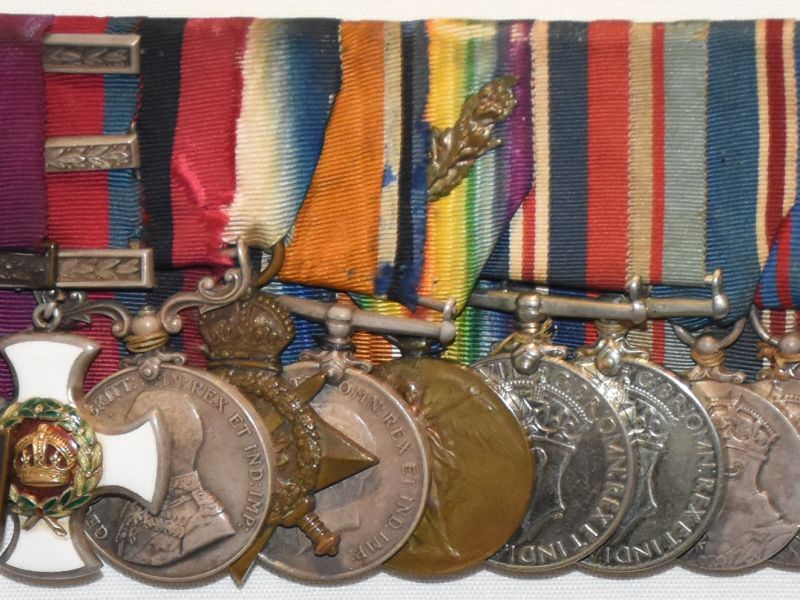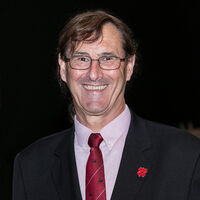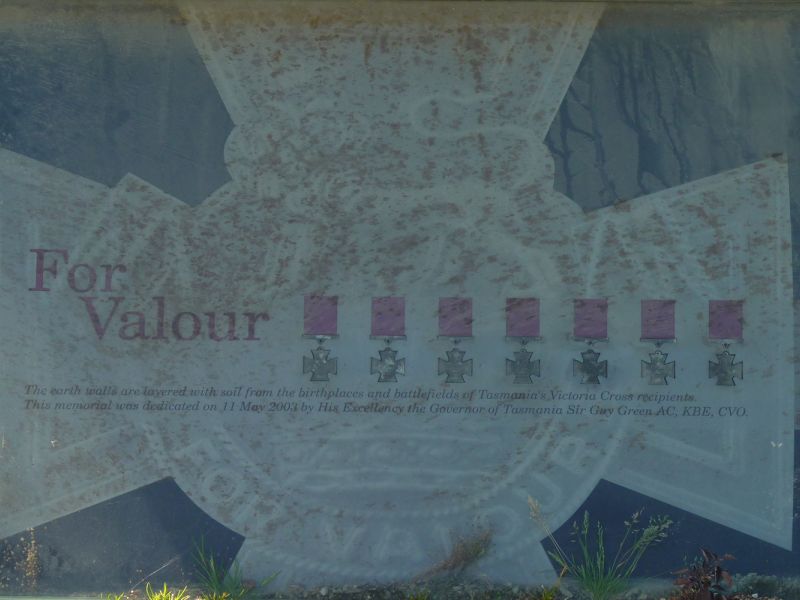Australia's most highly decorated soldier - and a Tasmanian
Henry William Murray was the highest decorated soldier in the Australian Imperial Force (AIF). Having enlisted as a Private in September 1914, Murray landed at Gallipoli on 25th April 1915 as a member of a machine gun crew. His natural ability as a leader was soon recognised and as a Lance Corporal on Gallipoli, he was awarded the Distinguished Conduct Medal, second in precedence to the Victoria Cross for a Non-Commissioned Officer (NCO).
Murray was wounded several times and by the time the Australians were evacuated from Gallipoli in December 1915, Murray had been promoted through the ranks and commissioned as a Second Lieutenant, at which time he was transferred to the 13th Battalion of the AIF.
By March 1916, he was a Captain and soon after, with the 13th Battalion, sailed for France. On the Western Front, Murray participated in each of his unit's major actions. During the horrific Battle of Pozieres, he was awarded the Distinguished Service Order for his role in the fighting at Mouquet Farm. He was twice wounded and those wounds kept him out of the fighting for the next two months.
In February 1917, Murray was back in command of his company and led an attack on Stormy Trench, near Gueudecourt in France. Over the next 24 hours they were subjected to merciless counter attacks, shellfire and hand-to-hand combat. For his actions during that period Murray was awarded the Victoria Cross.
Within weeks of his Victoria Cross action, Murray again led his company with “with great courage and skill” during the first battle of Bullecourt and was awarded a bar to his Distinguished Service Order. His promotion to Lieutenant-Colonel in March 1918, when he was given command of the 4th machine gun battalion, meant that he had risen from Private to Lieutenant-Colonel in just three and a half years.
Henry Murray again enlisted for service during the Second World War. He commanded the 26th (Militia) Battalion in north Queensland until August 1942. He then served in Volunteer Defence Corps roles until he retired from the army in early 1944. Regarded as a shy and modest man, he has been described as the most distinguished fighting officer of the AIF. Murray died of a heart attack following a car accident on 7 January 1966.
Sources:
AWM website
Australian National Archives

 Henry C Moulds
Henry C Moulds